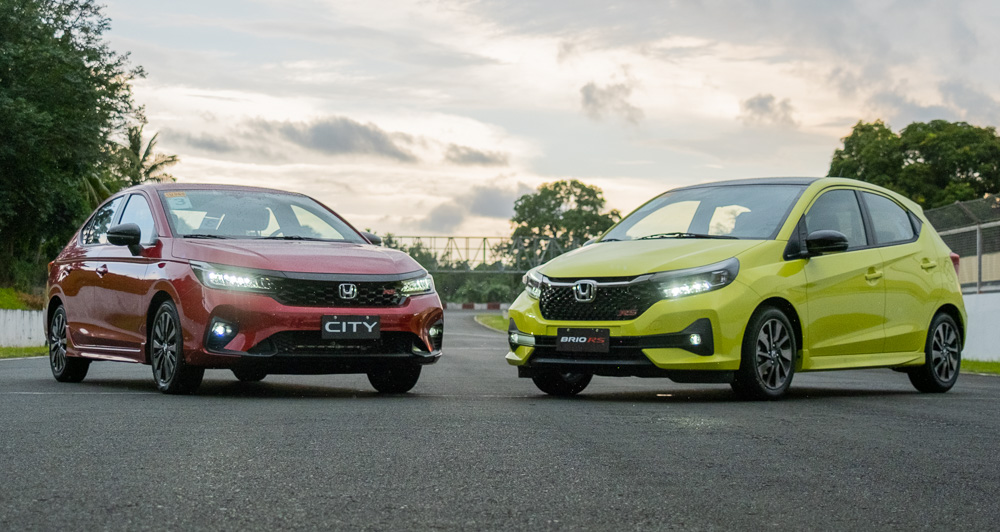
When deciding on a first car, it’s not uncommon to be choosing between a hatchback and a subcompact sedan. Honda Cars Philippines has just updated its entries in both of these segments.
The new Brio has a refreshed exterior and a new head unit, while the new City gains Honda Sensing across all variants. And we were given the opportunity to drive these at the Batangas Racing Circuit.
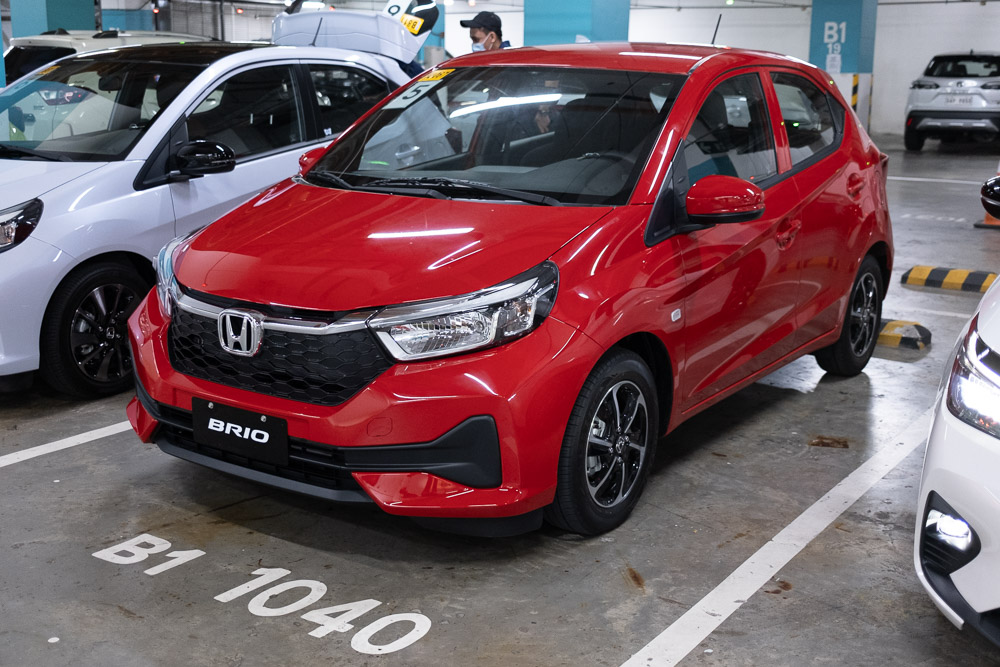
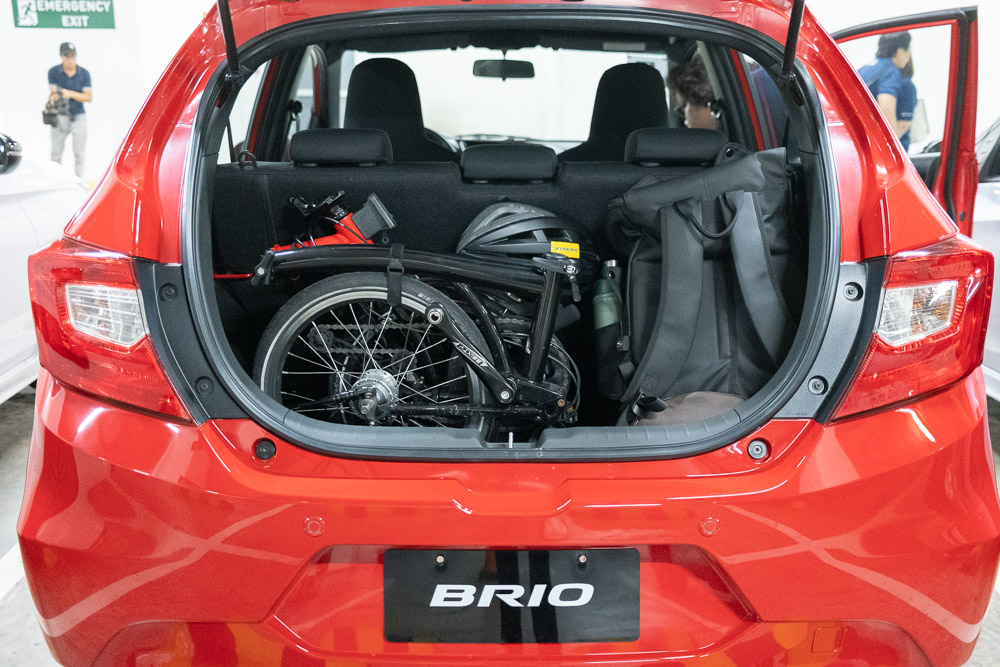
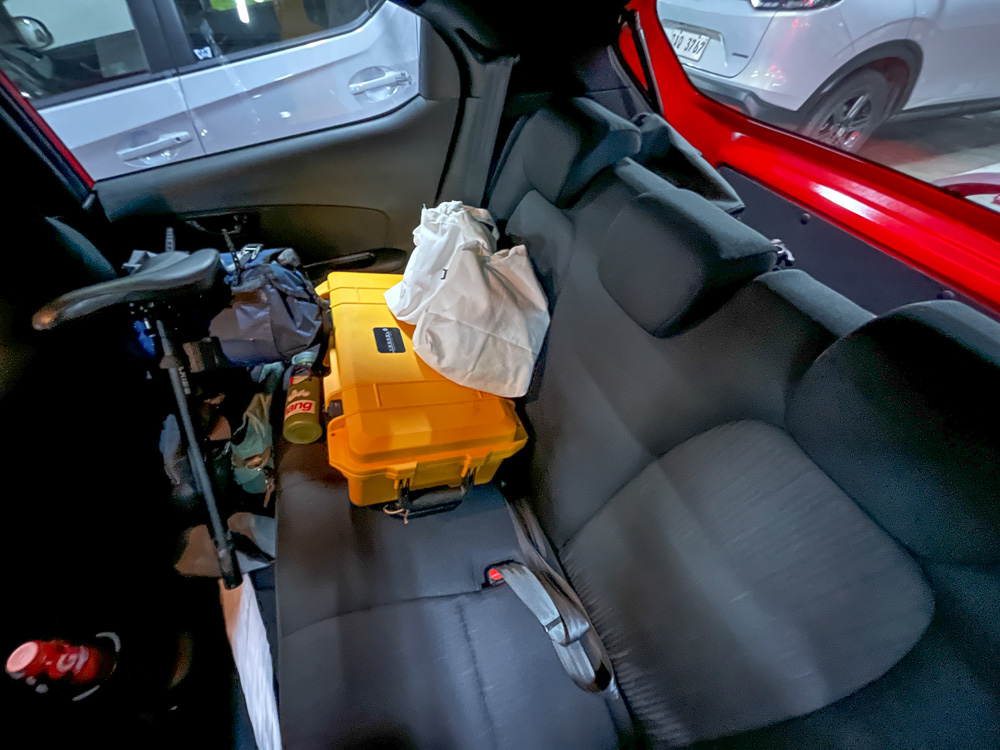
From Bonifacio Global City in Taguig, the drive spanned 100km covering the city, the expressway, and the provincial roads. Going to the racetrack, I rode in the Brio V. And when it was my turn behind the wheel, I noticed some things. Upon flooring the gas, the speedometer would climb but I didn’t feel the torque kick in. And when I’d step on the brakes, they weren’t as responsive as I expected them to be.
Then I realized that I was inside a hatchback fully loaded with two other guys much heavier than I was, a full loadout of camera gear, and my trifold bike. In spite of all that, the fuel efficiency peaked at 18.6km/L.

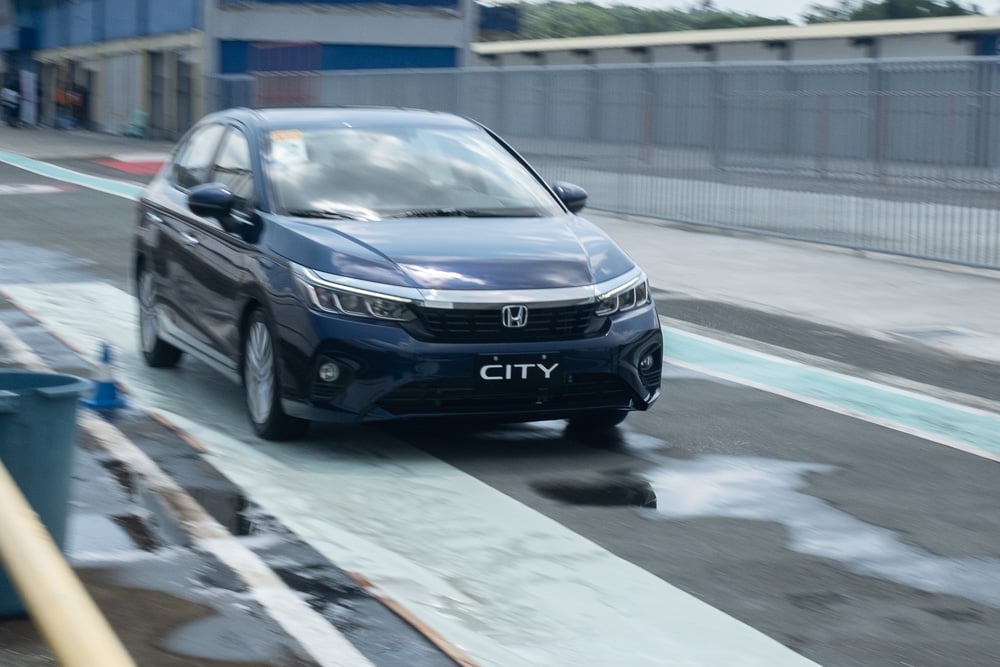
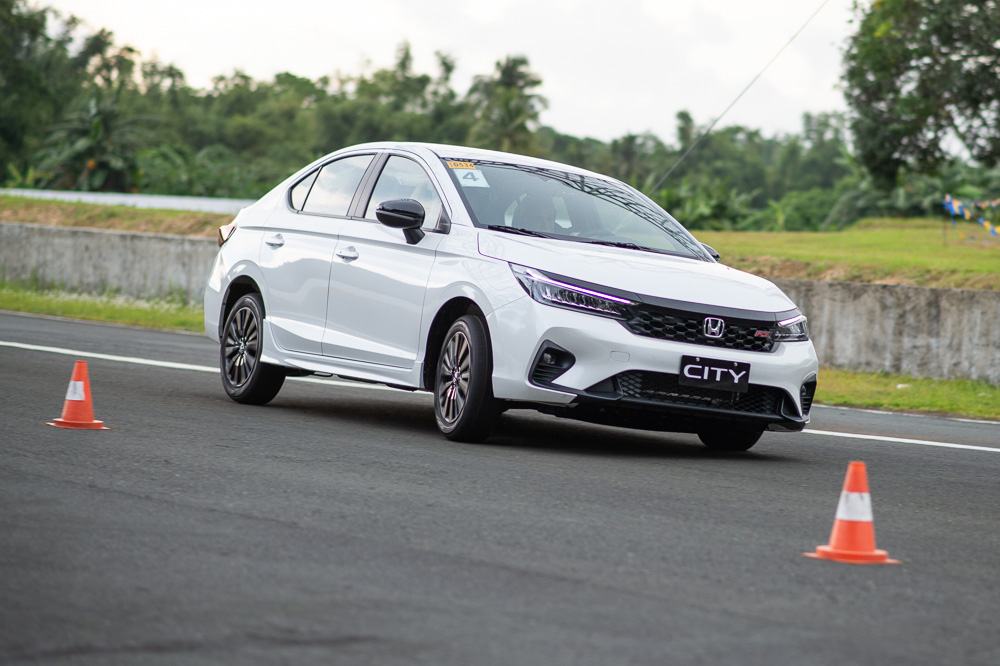
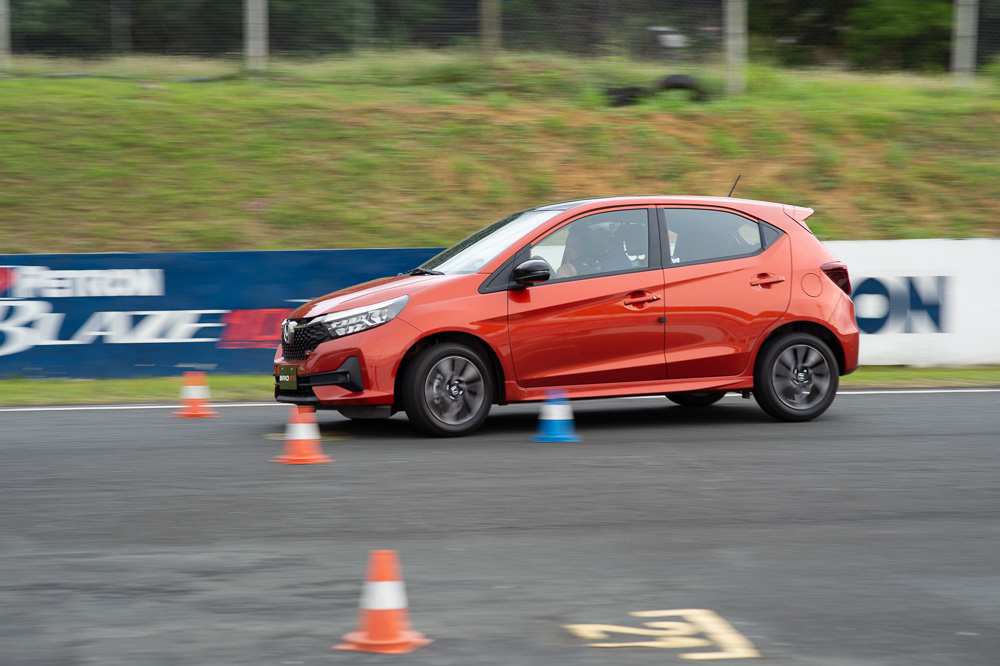
The point of the track activities was to test the agility of the Brio, the traction and stability control of the City, and the fuel efficiencies of both models. Given the unpredictable weather and the road conditions, you’d want a car that remained stable even when driving in the wet.
Dubbed the linoleum test, the instructor drove the new City to a speed of 40km/h before braking while on a surface where the left side was dry but the right was slippery. Thanks to the traction and stability control, he was able to correct the steering with only his fingers, showing how easy it was to control the vehicle.
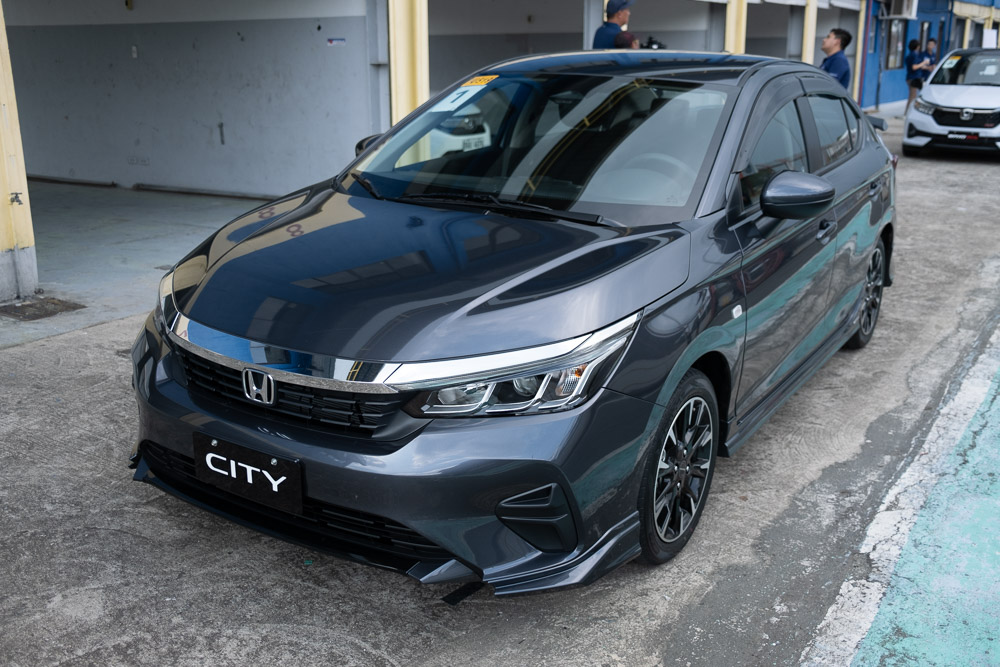
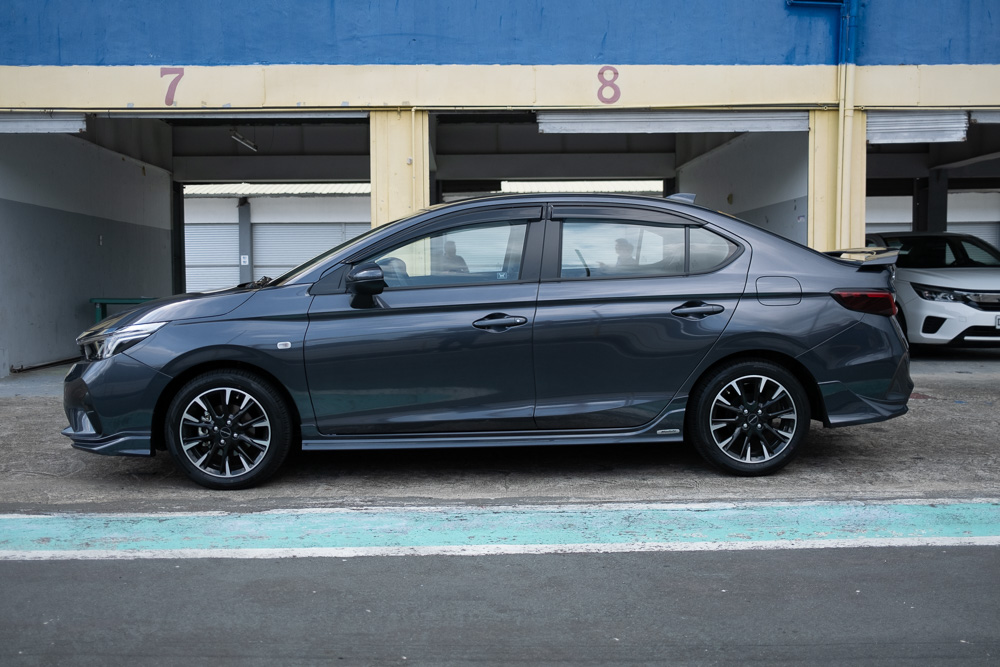
The other experience was a moose test where a car swerved at a high speed as if it was avoiding said animal. The objective was to see how the automobile would react to sudden evasive maneuvers, and if it would spin out of control and/or roll over.
The Philippines doesn’t have any moose, but there’s no shortage of vehicles that suddenly pop up in front of you. Honda claims the electronic brake-force distribution of the City would keep the sedan under control—even without you stepping on the brakes. Although I was thrown from side to side, the car was just fine, and the instructor even had a good laugh out of it.
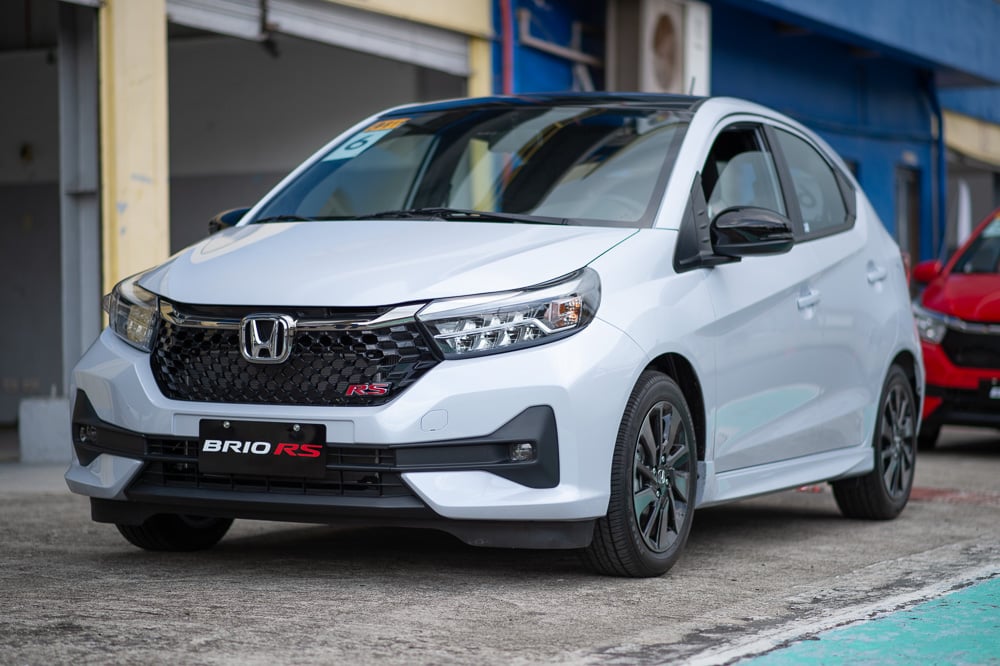
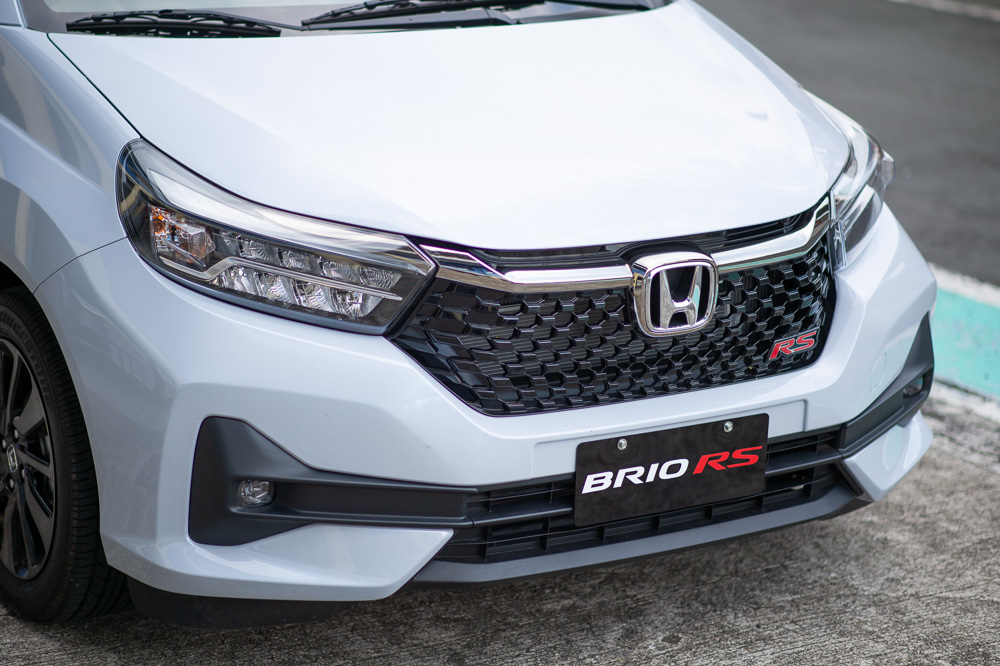
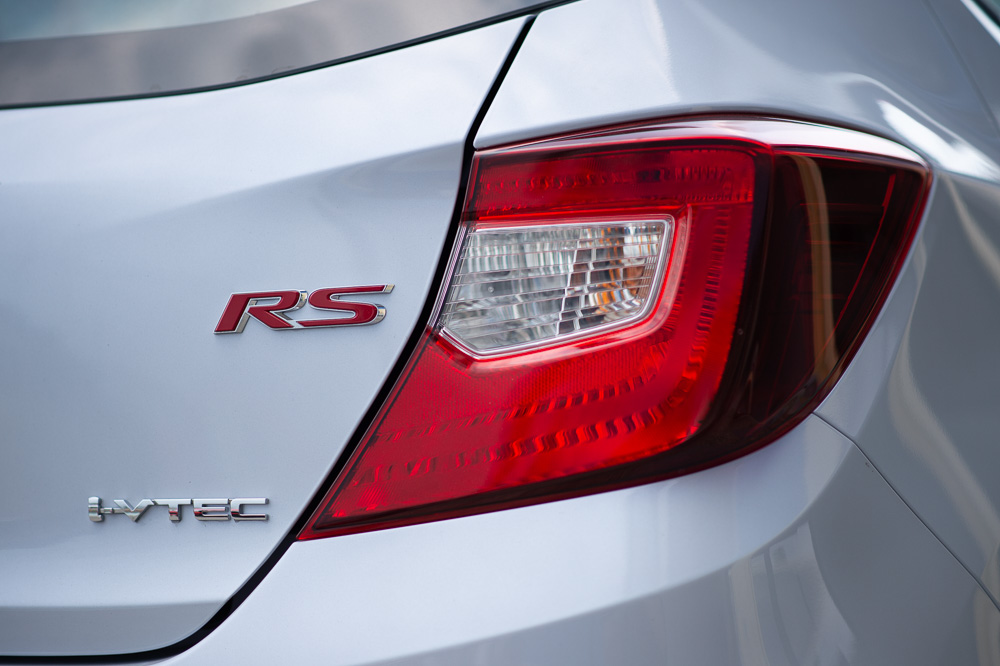
The most interesting activity for me was the eco-speed challenge as it allowed me to directly compare the Brio and the City around the track. The way this worked was that for each car, the participant drove around the circuit and was scored based on the lap time and the fuel efficiency.
With the Brio’s 1.2-liter engine, I achieved a fuel efficiency of 24.2km/L, but was 12 seconds past the cut-off time of four minutes. I fared better with the City’s 1.5-liter engine with a result of 22.8km/L and a lap time of three minutes and 23 seconds. I didn’t win any awards that day, but at least I experienced the difference between the Brio and the City.
The Brio wasn’t just light in weight but also in power. As much as I wanted to build momentum, I had to keep feathering the throttle to maintain a constant cruising speed of 60km/h. Although a bit heavier, the City’s engine was noticeably more powerful, and this made gliding through corners much more engaging.
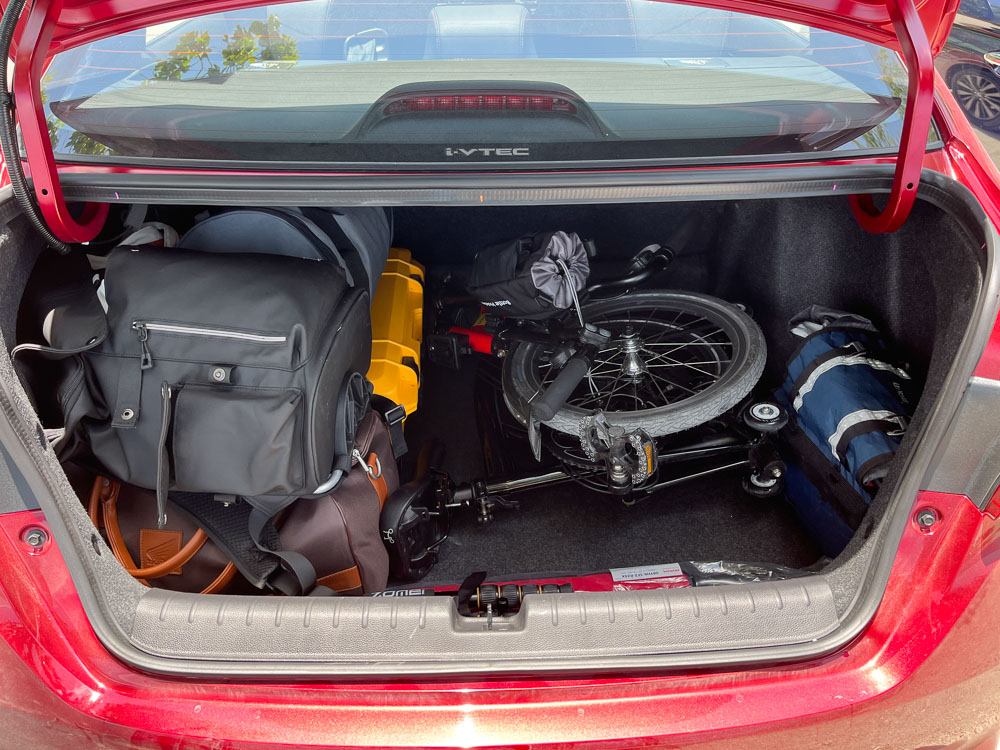
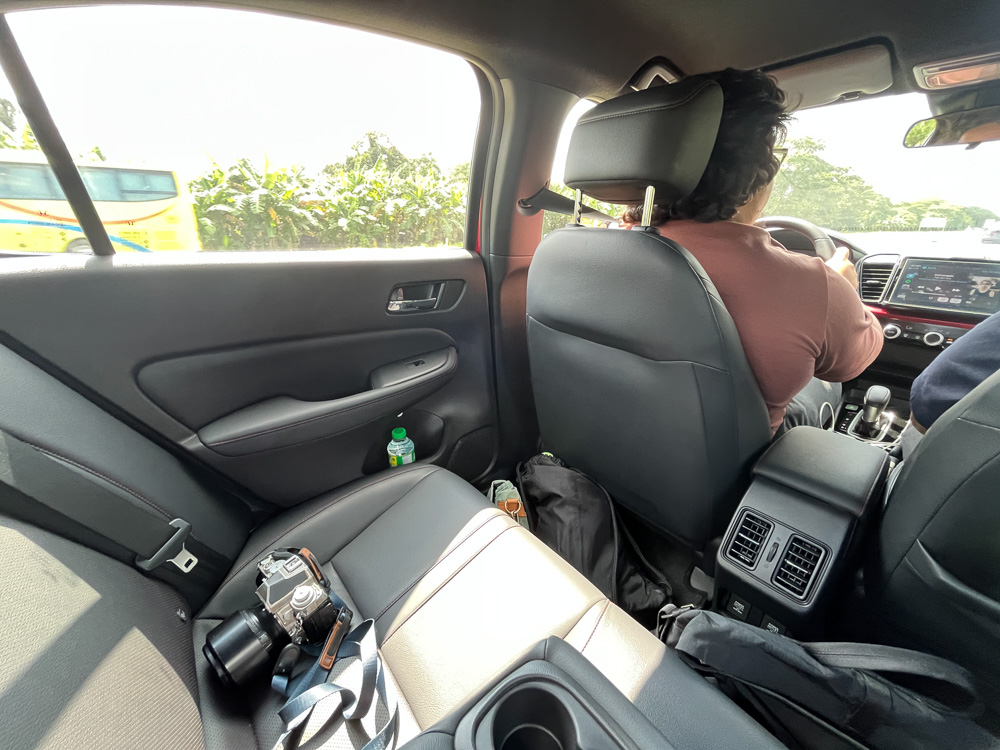
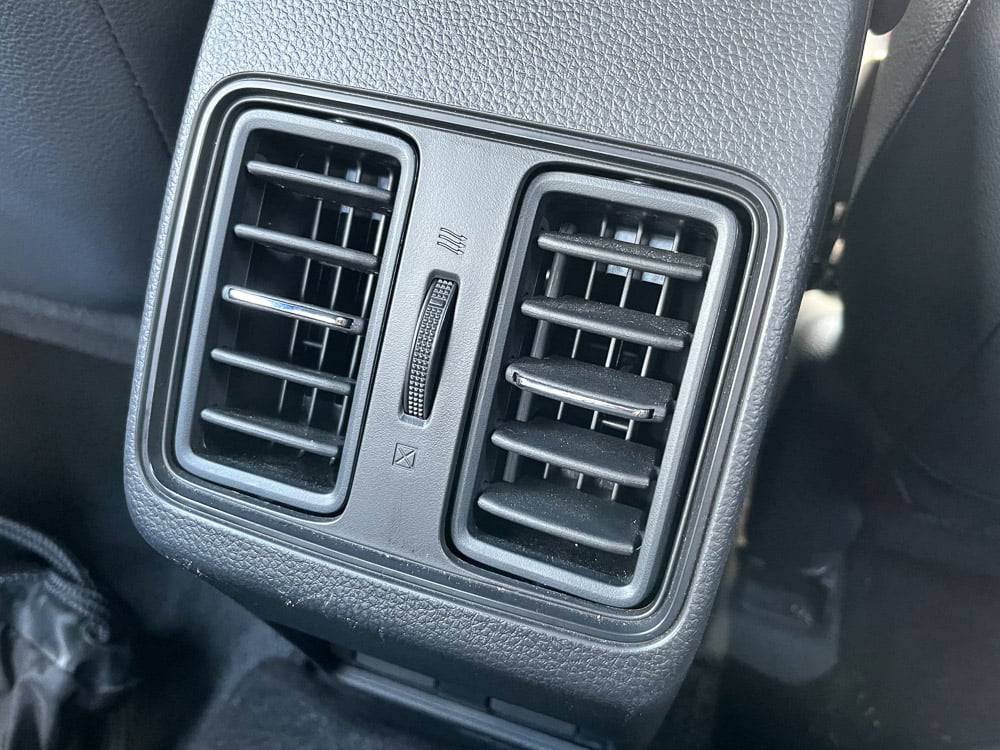
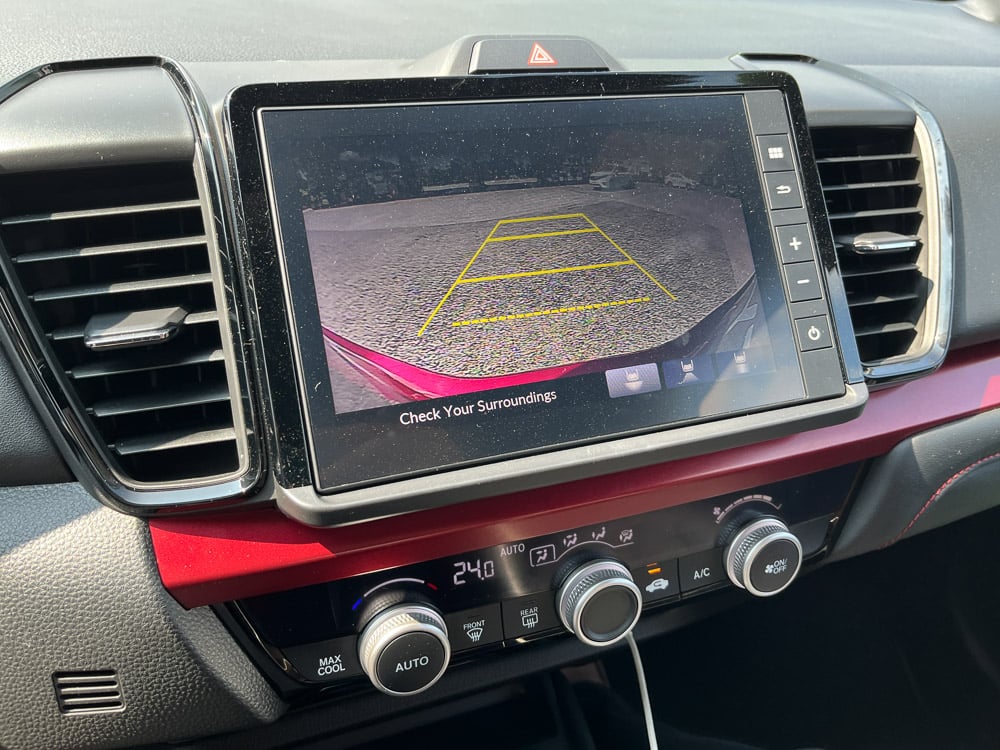
On the way back, I rode in the new City. The one thing I was looking forward to was trying out Honda Sensing in the real world. The lane-keep assist worked even on provincial roads as long as the markings were clear. The adaptive cruise control was handy on the expressway—when I didn’t have to play catch-up with the rest of the convoy. And the forward-collision warning worked for my companion who had a penchant for tailgating on SLEX.
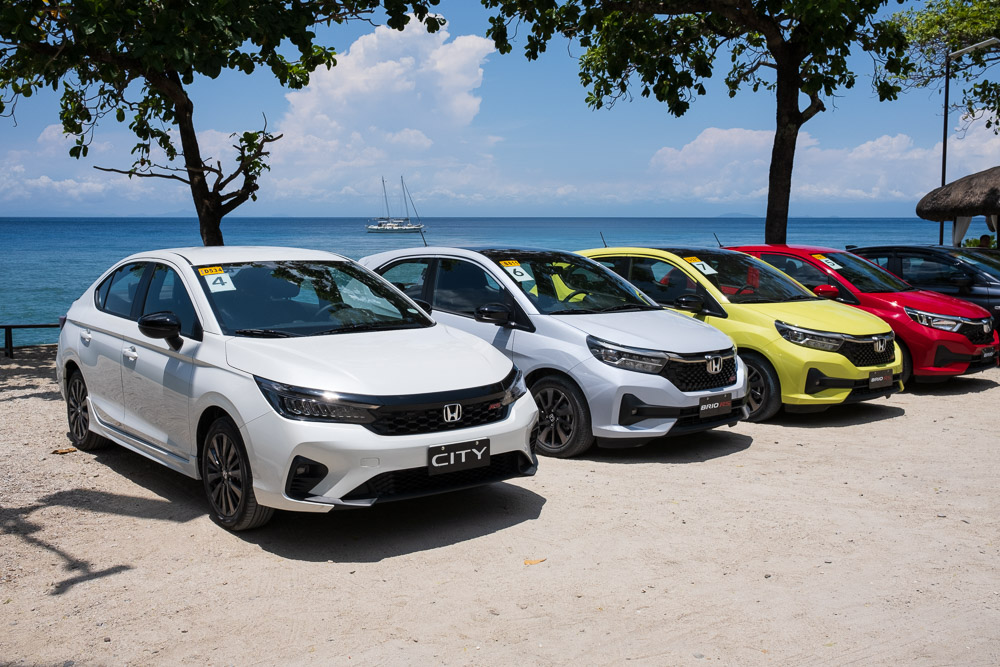
I always thought that hatchbacks and subcompact sedans pretty much drove the same way when it came to handling. But I was proven wrong having experienced the new Brio and the new City, both on public roads and on the racetrack.
The former is better for city driving where space-efficiency and maneuverability matter more; the latter is pricier, you get more in return with a bigger engine, a nicer interior, a roomier trunk, and a suite of features that come with Honda Sensing.

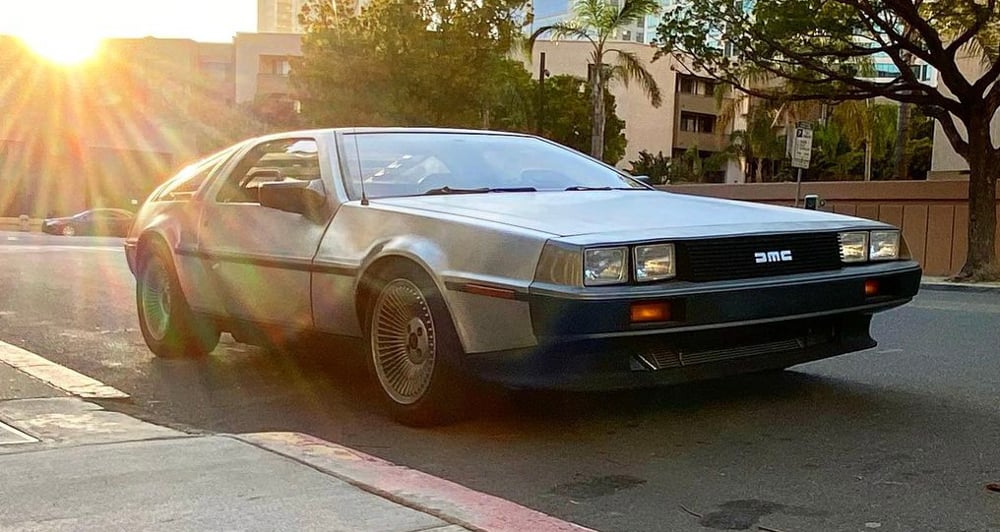
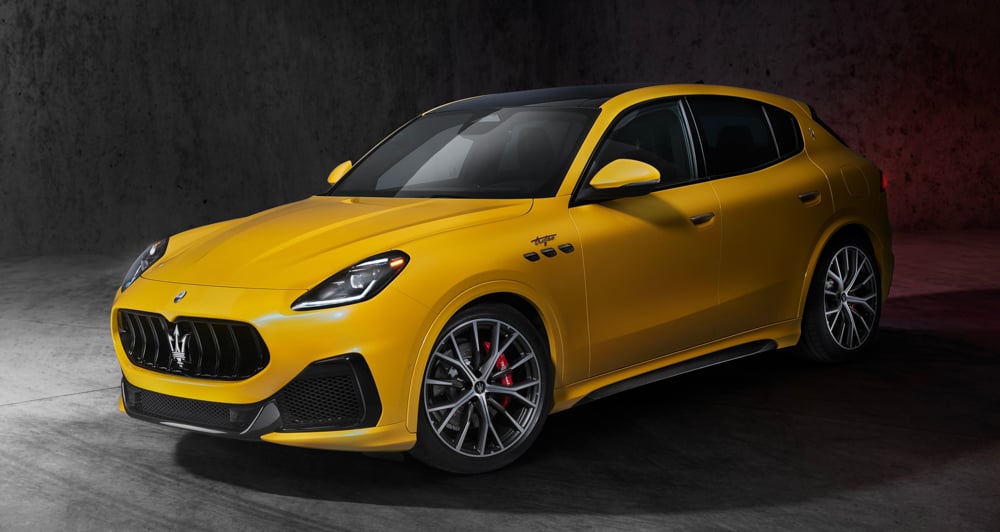
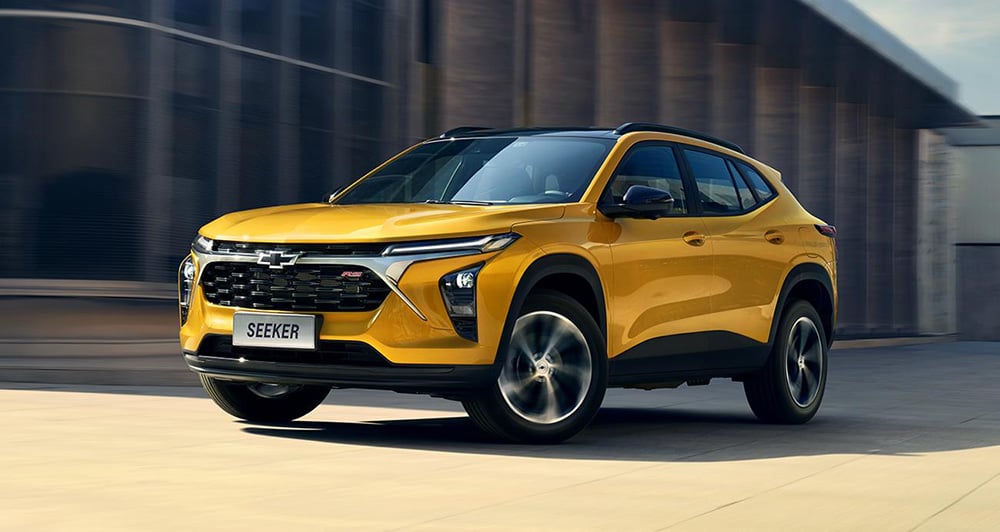
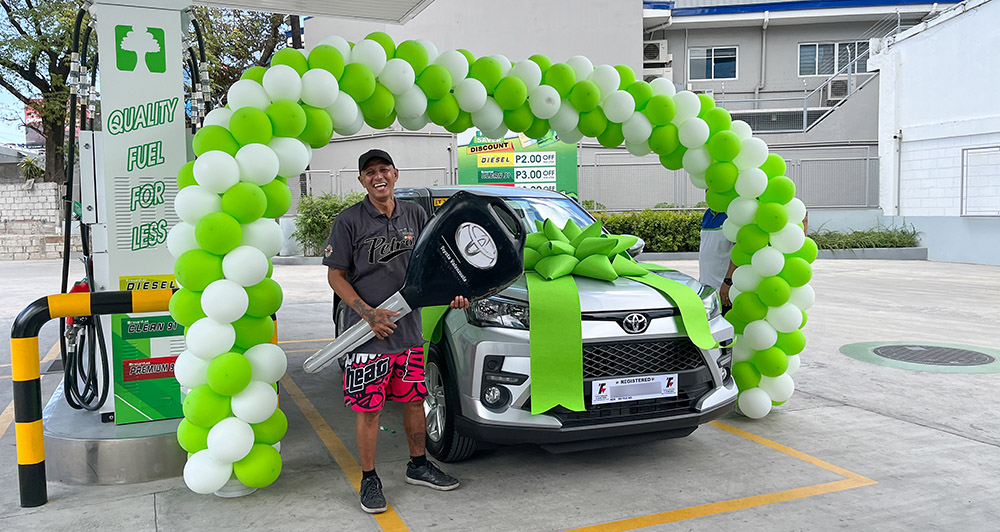

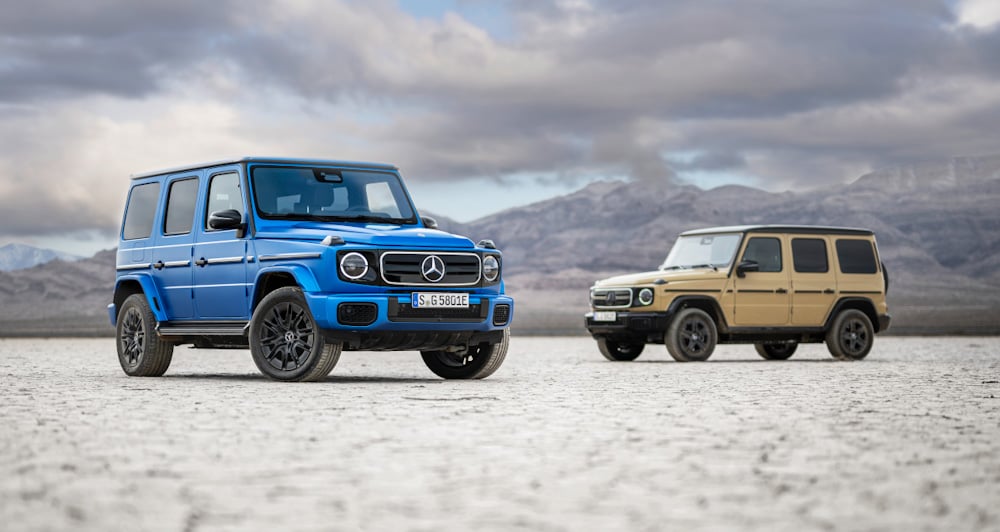
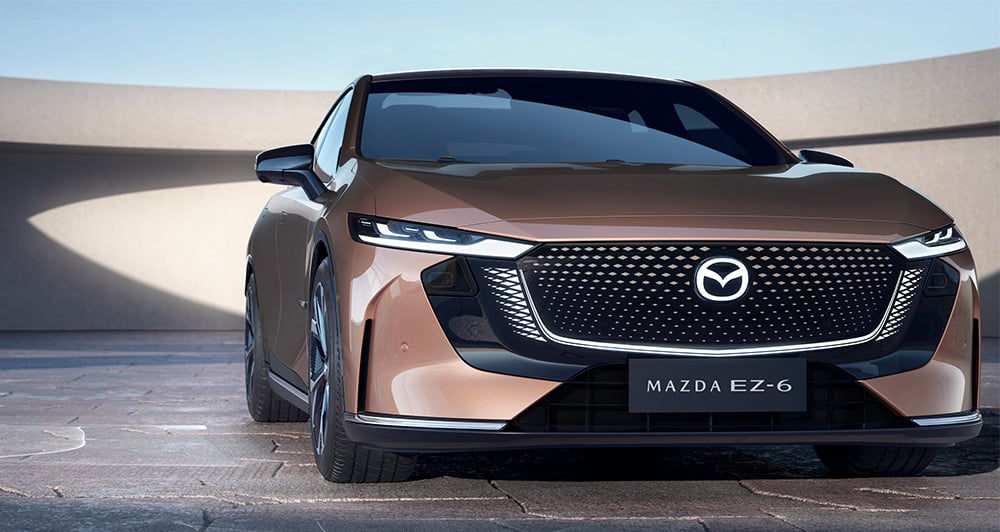
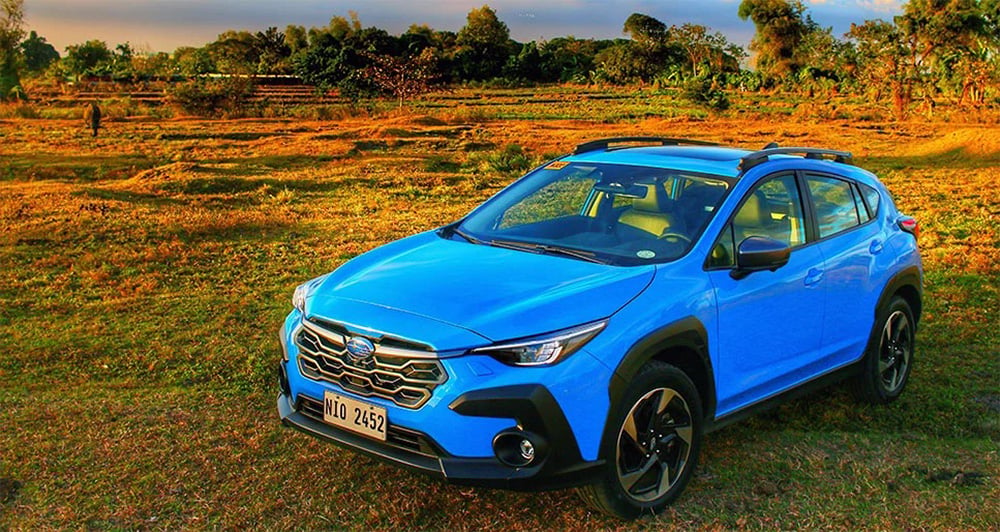


Comments